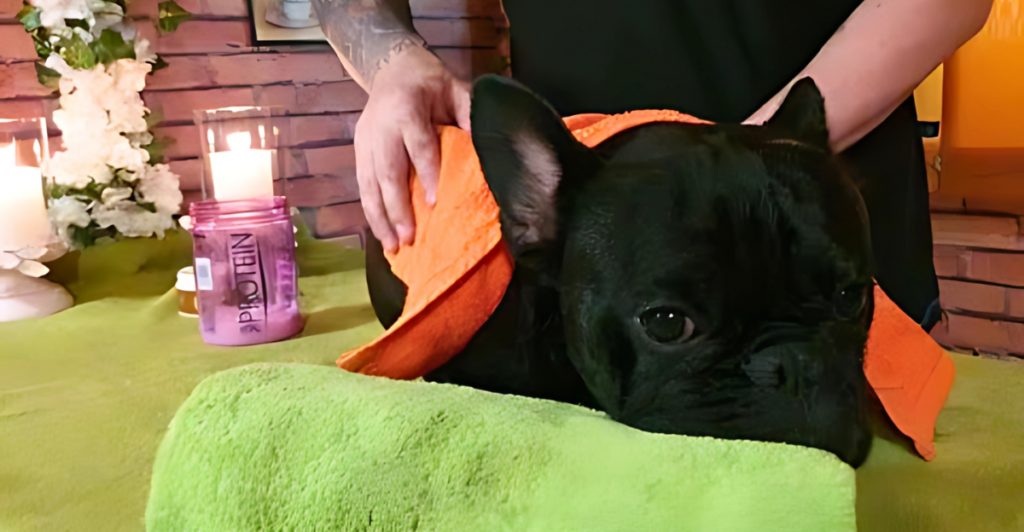
Just like humans, dogs can suffer from anxiety, and it is more common than you think — over 70% of dogs will experience anxiety at some stage in their life. Whether triggered by loud sounds, separation, or unfamiliar environments, anxiety in pups can cause destructive behaviors, health issues, and even a shortened lifespan. The good news is there are effective, expert-approved ways to help your anxious pooch feel a little calmer and more secure. From innovative therapies like music and massage to practical solutions like safe spaces and interactive toys, this list rounds up nine unique and effective ways to ease your dog’s anxiety. Continue reading to learn some practical tips that will help calm your furry friend and strengthen your bond whilst contributing to their overall health and wellness.
1. Understanding Dog Anxiety
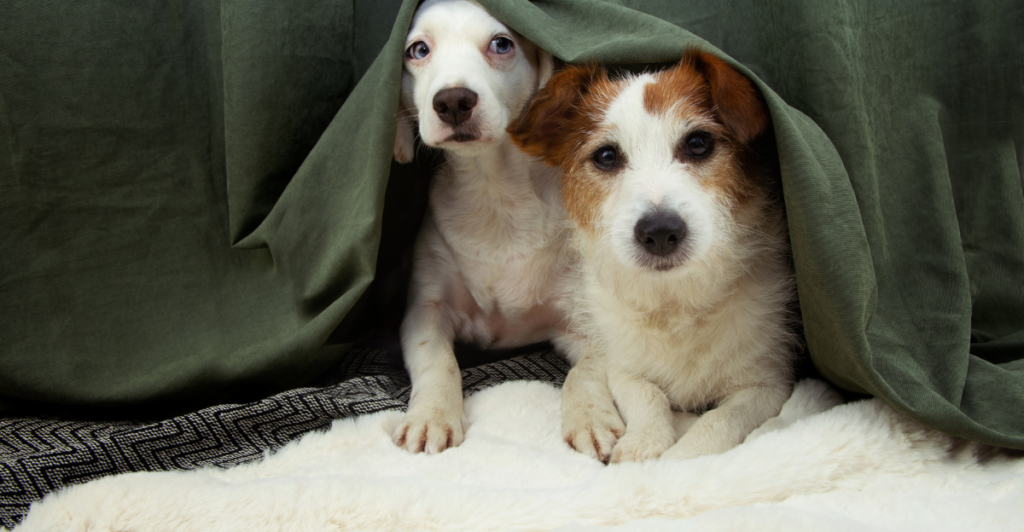
Dog anxiety is a reaction to perceived threats, whether real or imagined. Loud noises, separation or unfamiliar environments are common triggers. Research indicates that more than 70% of dogs will experience anxiety at least once in their lives, the most common type of which is noise sensitivity, which affects 32% of dogs.
Anxiety can manifest as shaking, excessive barking, or the destruction of household objects. left untreated, it can reduce a dog’s quality of life and even lead to a shorter lifespan.
Determining the underlying cause — genetic predisposition, trauma, or aging — is key to effective treatment. The first crucial step is to consult with a veterinarian or behaviorist to address any possible medical issues. Understanding your dog’s triggers is the first step to implementing calming strategies.
2. Exercise: Natural Stress Reliever
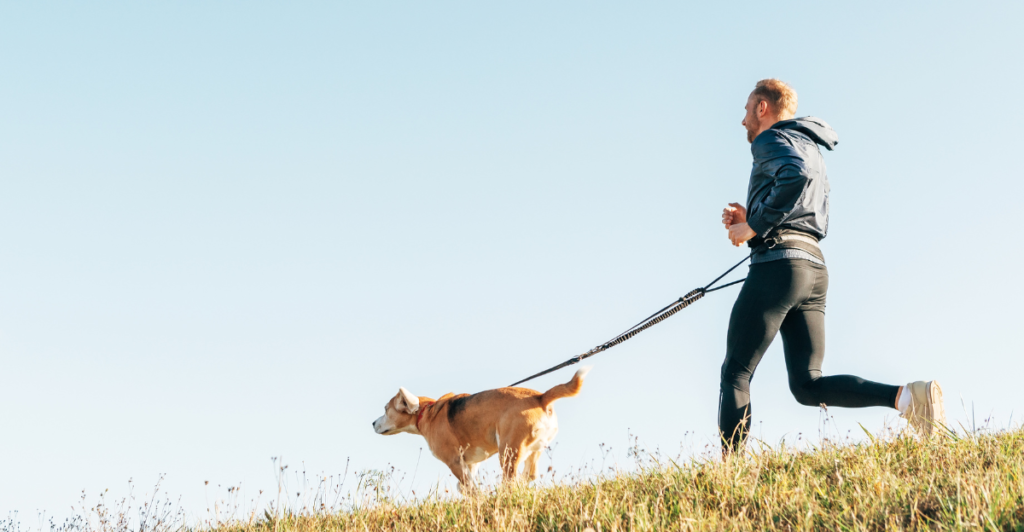
One of the easiest and best ways to manage anxiety is through physical activity. Exercise produces endorphins, the body’s natural “feel-good” chemicals, which help relieve stress.
Activities such as fetch, running, or even a brisk walk can distract your dog from stressors. In fact, research has suggested that regular exercise can improve mood and curb behavioral problems associated with anxiety.
Customize activities to your dog’s preferences and energy levels for maximum benefit. For high-energy breeds, consider agility training or hiking. A simple 30-minute daily walk can work wonders for stress relief and maintaining good health.
3. Desensitization Training
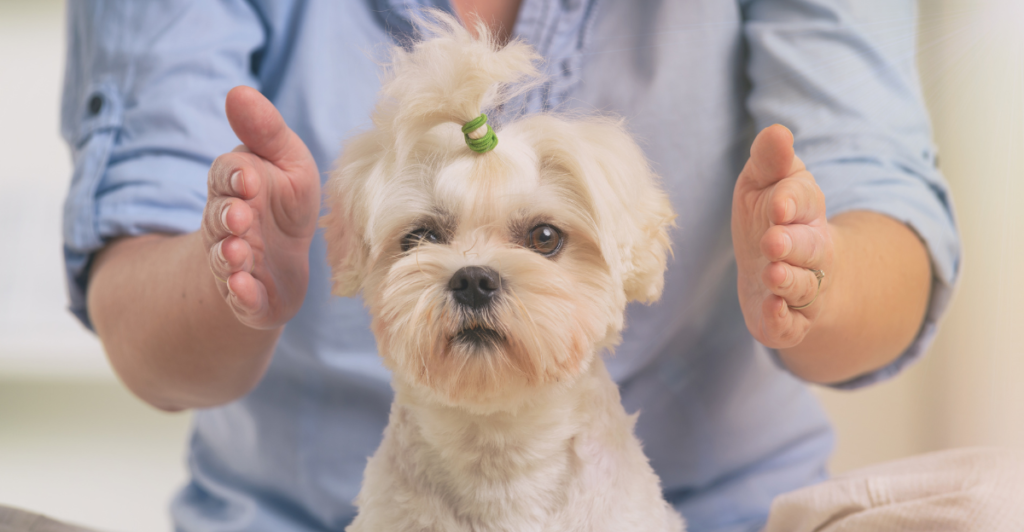
Desensitizing involves gradually exposing your dog to triggers of anxiety in a controlled environment. If your dog is afraid of fireworks, begin by exposing him to low-volume fireworks sounds while giving treats to form positive associations.
Increase exposure gradually until your dog relaxes more. This approach takes time and should be done under the guidance of a professional trainer to avoid overwhelming your pet.
So consistency is key; moving too fast makes anxiety worse. Combining desensitization with counterconditioning—replacing fear with positive feelings can lead to even better outcomes. This method is useful for dogs with noise phobias or separation anxiety.
4. Safe Spaces for Comfort

Creating a safe space will help your dog feel secure in stressful situations, like during a thunderstorm or when left alone. This space can simply be a quiet room or a crate lined with toys and blankets he’s already familiar with.
Calming pheromones or soothing music can also be used to alleviate high stress levels. Just make sure that your dog has been acclimatized to this space first so that you can get the most calming effect.
When frightened, dogs instinctively want to hide in closed spaces, and a cozy, darkened space does feel sheltering. Consistently updating this space with pleasant experiences ensures it becomes a reliable refuge.
5. Music Therapy
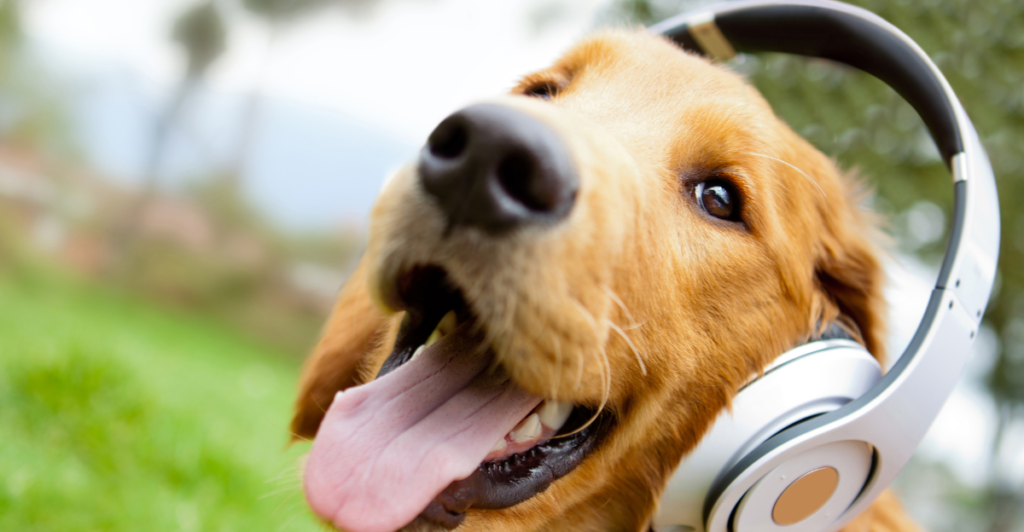
Research has shown that music therapy calms anxious dogs. Classical music, soft rock, and reggae are especially effective at reducing barking and calming down your dog.
Platforms like Spotify and even DogTV provide curated playlists tailor-made for dogs. Playing soft music when you experience stressful situations like travel or fireworks can help drown out background noise and calm your pup down.
Studies show that dogs who listen to calming music have slower heart rates and display fewer stress behaviors. Try different genres to see which works best for your dog. Incorporating music into the daily routine can also create a relaxing environment.
6. Calming Supplements
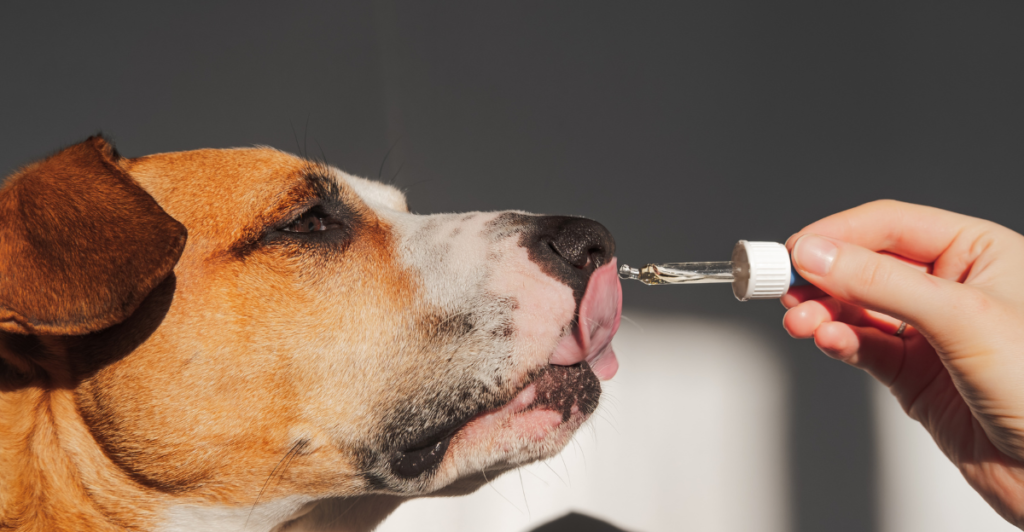
Improvements are observed with natural supplements that include ingredients such as valerian root, melatonin, or L-theanine for treating canine anxiety. CBD-based products are also gaining traction for their soothing effects.
Always consult your veterinarian before giving any supplement to your pet to ensure it is safe and effective for them. Supplements are particularly useful for dogs with chronic anxiety or anxiety in situations such as travel or vet visits.
While not a stand-alone solution, they can complement behavioral training and environmental changes. Look for products with third-party testing to ensure quality and potency.
7. Weighted Calming Coats
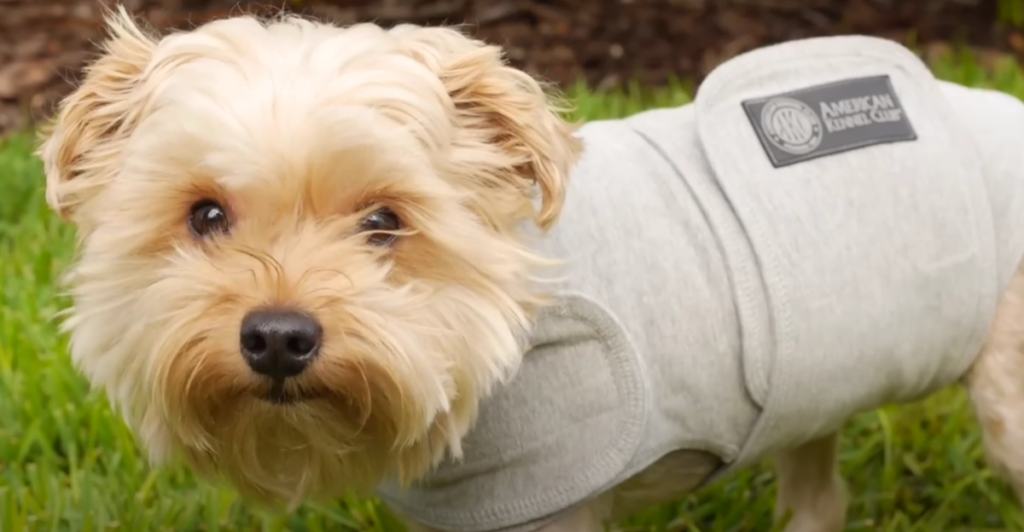
Calming coats or wraps provide light pressure to a dog’s torso, creating a reassuring sensation similar to the one felt when receiving a hug. There are products like ThunderShirt, which have received anecdotal praise for their ability to reduce anxiety during storms or travel.
Introduce these garments in calm moments so your dog forms a positive association with wearing them. The pressure encourages the release of oxytocin, which is a hormone that facilitates relaxation.
The method isn’t effective for all dogs, but many owners say they’ve seen big improvements in their pets’ stress levels. It should fit snugly without being too tight to avoid discomfort.
8. Massage Therapy
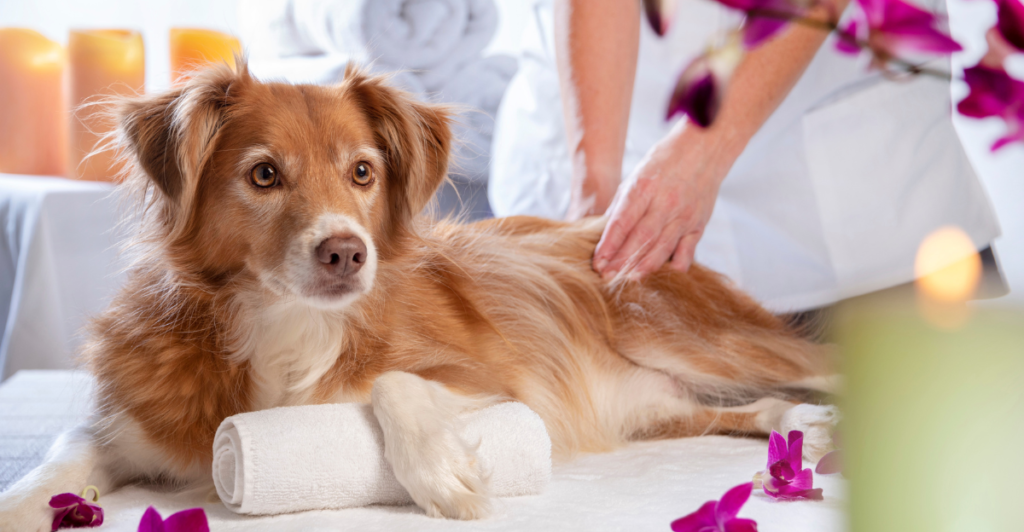
A massage loosens tense muscles and releases endorphins, allowing anxious dogs to feel more relaxed. Target areas such as the neck and shoulders with slow, even strokes.
Experimenting with specialized pet massage oils can offer added benefits. Regular massages help relieve stress and improve circulation and overall well-being.
Begin with shorter sessions and increase the length of time as your dog gets more accustomed. Massage therapy is especially helpful for older dogs or those suffering from arthritis, as it helps to relieve pain and stiffness. Pairing the massage with calming scents, like lavender can further enhance the benefits.
9. Interactive Toys for Mental Stimulation
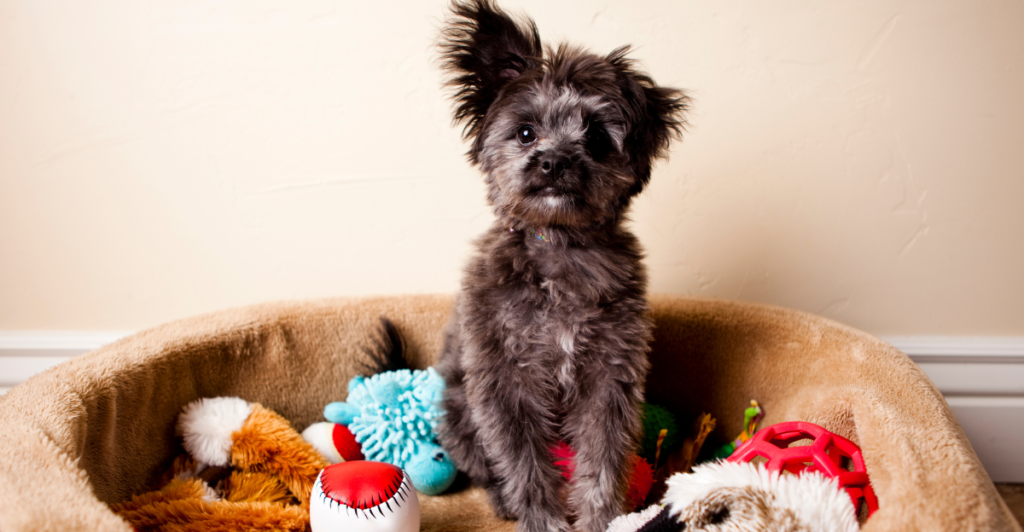
Interactive toys and puzzles offer mental stimulation, which can distract dogs from situations that may trigger anxiety. These toys simulate natural behaviors like hunting and foraging and provide dogs with an outlet for pent-up energy.
Treat-dispensing toys also help distract anxious pets. Keeping your dog mentally stimulated is just as vital as giving them physical exercise to decrease anxiety and prevent boredom and destructive behaviors.
Rotate toys regularly in order to keep your dog interested. For dogs with separation anxiety, interactive toys can serve as a therapeutic distraction while you’re away, keeping them calm and occupied.
Explore more of our trending stories and hit Follow to keep them coming to your feed!

Don’t miss out on more stories like this! Hit the Follow button at the top of this article to stay updated with the latest news. Share your thoughts in the comments—we’d love to hear from you!







